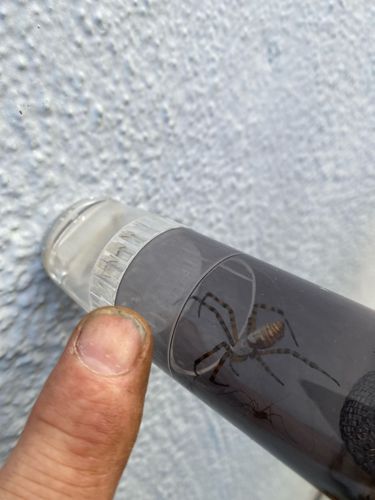Wasp Spider, Banded Garden Spider
Scientific Name: Argiope bruennichi
Order & Family: Araneae (Spiders), Araneidae (Orb-weavers)
Size: Female body length: 15-20 mm; Male body length: 4-6 mm

Natural Habitat
Gardens, meadows, grasslands, and other open, sunny areas with tall vegetation to support their webs. They tend to build webs close to the ground.
Diet & Feeding
Mainly flying insects such as grasshoppers, crickets, flies, moths, and bees. They capture prey in their large, orb-shaped webs.
Behavior Patterns
Wasp spiders are known for building large, intricate orb webs, often featuring a prominent zigzag stabilimentum (a thickened silk pattern) in the center. Females are much larger than males. After mating, the female may eat the male. They are diurnal hunters. They lay eggs in a silk sac, usually camouflaged and suspended near the web.
Risks & Benefits
Benefits: They are excellent pest control agents, preying on a variety of insects that can be considered pests in gardens and agricultural settings. Risks: While they possess venom, their bite is generally not considered dangerous to humans. It may cause mild localized pain, redness, and swelling, similar to a bee sting, but serious reactions are rare. They are not aggressive and will only bite if provoked or threatened.
Identified on: 9/17/2025